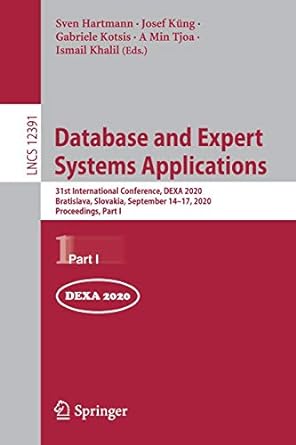Answered step by step
Verified Expert Solution
Question
1 Approved Answer
The tail of a language is dened as the set of all suxes of its strings. That is, tail(L) = {y : xy L for
The tail of a language is dened as the set of all suxes of its strings. That is,
tail(L) = {y : xy L for some x }
(i). If L = {w {a, b} : w contains exactly three bs}, give a brief description of tail(L).
(ii). Show that if L is any regular language, then tail(L) is also a regular language. As with Question 3, you can assume = {a, b} if you like.
*(Hint: There could be various ways to prove this, but the argument I found involves starting with an NFA for L and altering it in a specic way.)
Step by Step Solution
There are 3 Steps involved in it
Step: 1

Get Instant Access to Expert-Tailored Solutions
See step-by-step solutions with expert insights and AI powered tools for academic success
Step: 2

Step: 3

Ace Your Homework with AI
Get the answers you need in no time with our AI-driven, step-by-step assistance
Get Started


